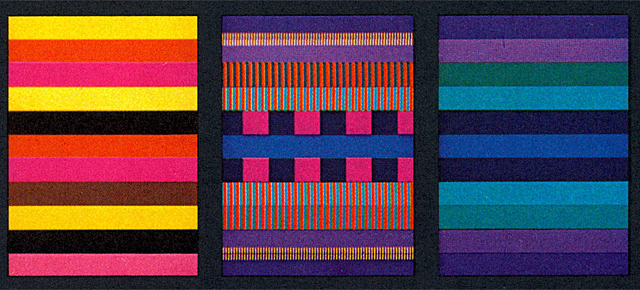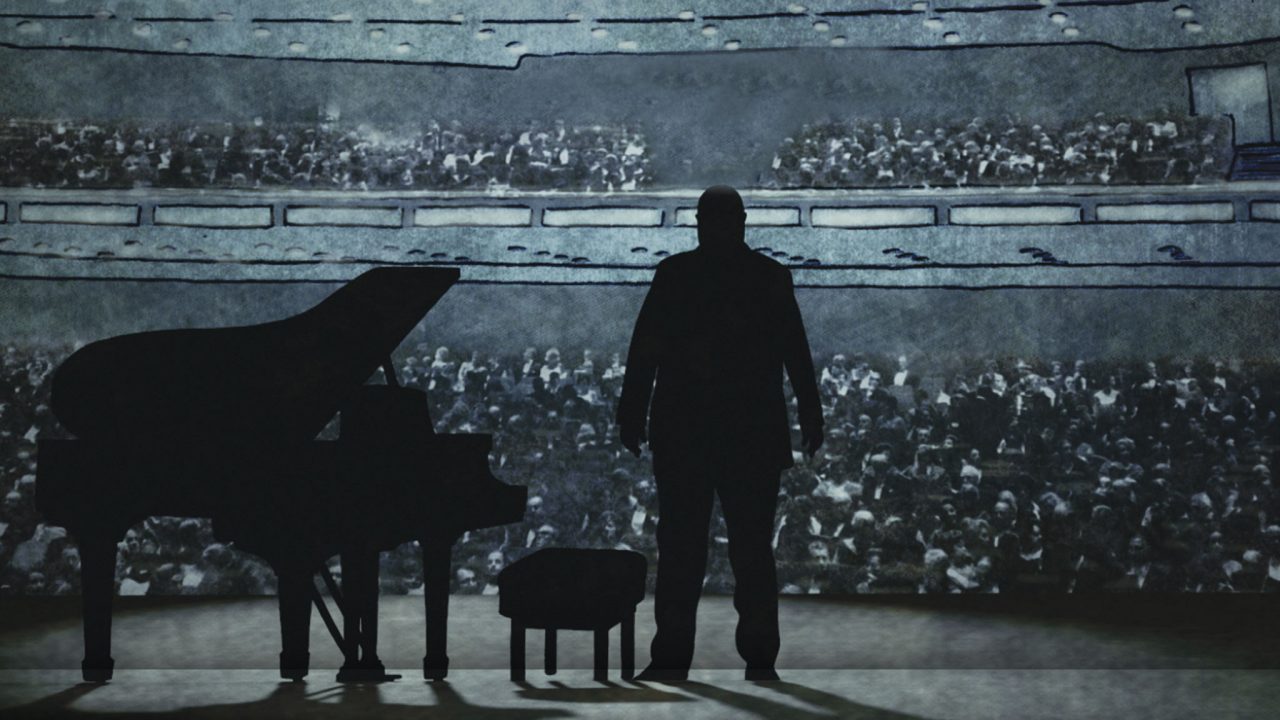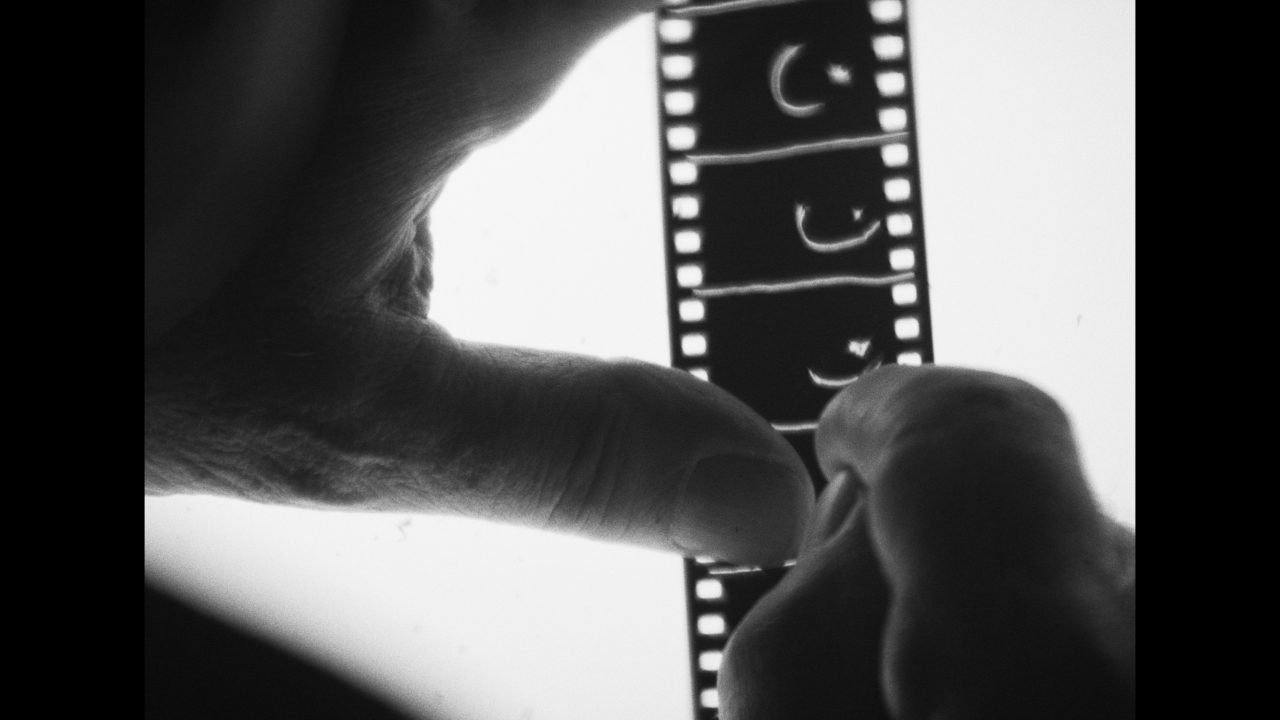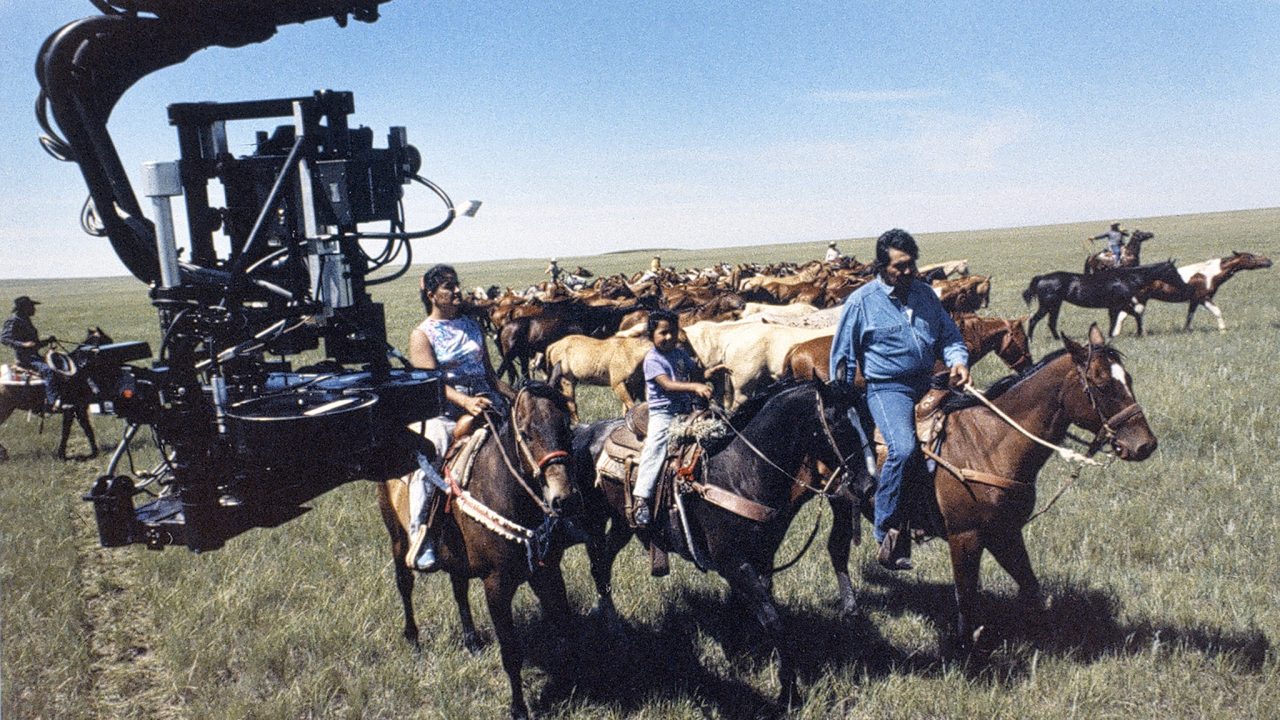
Watch 5 Mesmerizing Shorts Starring Geometric Shapes
Watch 5 Mesmerizing Shorts Starring Geometric Shapes
Although everyone agrees stories are nice, funky abstract films deserve a place in our hearts too. A case in point is these 5 geometry-inspired works by renowned NFB animators. Spanning nearly 4 decades and making use of vastly different techniques, these short films nevertheless have quite a lot in common. All are under 10 minutes. All finely exploit the intimate link between sound and image, and all share a hypnotic, mesmerizing quality. Check them out below.
Spheres (1969)
This short by Norman McLaren and René Jodoin is a splendid play on motion set to Bach cadences interpreted by pianist Glenn Gould. Before an ever-changing background, translucent, pearl-like spheres of different sizes weightlessly float, group and collide. The effect reminds one of cell division, or an atomic chain reaction, or possibly even Pac Man, if Pac Man was a hundred times prettier and more relaxing.
Spheres, Norman McLaren & René Jodoin, provided by the National Film Board of Canada
Perspectrum (1975)
With Perspectrum, Ishu Patel offers, as is his habit, a truly dazzling display of skill. Small diaphanous squares, rectangles and lozanges form, re-form, pile up and fan out, to ravishing effect. What makes this so enjoyable, aside from the slick colour arrangements and graceful symmetry, is the soundtrack, entirely provided by the koto, a 13-stringed Japanese instrument perfectly suited for the task.
Perspectrum, Ishu Patel, provided by the National Film Board of Canada
Rectangle & Rectangles (1984)
René Jodoin was among the first generation of filmmakers hired by Norman McLaren at the NFB in 1943. Here, Jodoin, who made a number of films inspired by geometry (see his fun Notes on a Triangle), goes all out with a daring visual assault on the theme of the humble rectangle. “Assault” may not be the first term that comes to mind when one thinks of an animated short about rectangles, but a few seconds of this work should help you see my point. (Our Collections web page speaks of a progression of geometric shapes that “bombard” the screen.) To achieve this feat, the filmmaker apparently programmed a computer to coordinate an electronic beam of light, colour filters and a camera. The result is insanely intense. Shapes pulsate and change colour at alarming speed, stunning and dizzying the viewer into a hazy geometry stupor. Just wild. WARNING: Don’t touch this film with a 10-foot pole if you suffer from epilepsy, have a headache or migraine or your eyes bother you in any way.
Rectangle et rectangles, René Jodoin, offert par l’Office national du film du Canada
Synchromy (1971)
Synchromy is special in the sense that what you see isn’t only what you get, it’s also what you hear. To make this experimental short, McLaren played around with the graphical sound technique. The music, which at times sounds like something out of the original Super Mario Bros., was created first. This was done without instruments, by working directly on the sound portion of the film strip. Later, this soundtrack was rendered in multicolour and moved onto the picture area of the screen, to also constitute the visual component of the film. The result is odd (and somewhat slow starting), but stick with it. The visuals get more and more complex and rewarding as the film progresses.
Synchromy, Norman McLaren, provided by the National Film Board of Canada
Tower Bawher (2006)
This very brief film by Theodore Ushev is a whirlwind tour of Russian constructivism. Geometric shapes pile up and purposefully surge forward, to the emphatic music of Russian composer Goergy Sviridov. Despite the gusto, one gets the notion that all of this is futile, and bound to fail. And indeed it all does come tumbling down, but not before a dynamic, machine-inspired ballet of epic proportions is laid before our eyes.
Tower Bawher , Theodore Ushev, provided by the National Film Board of Canada



